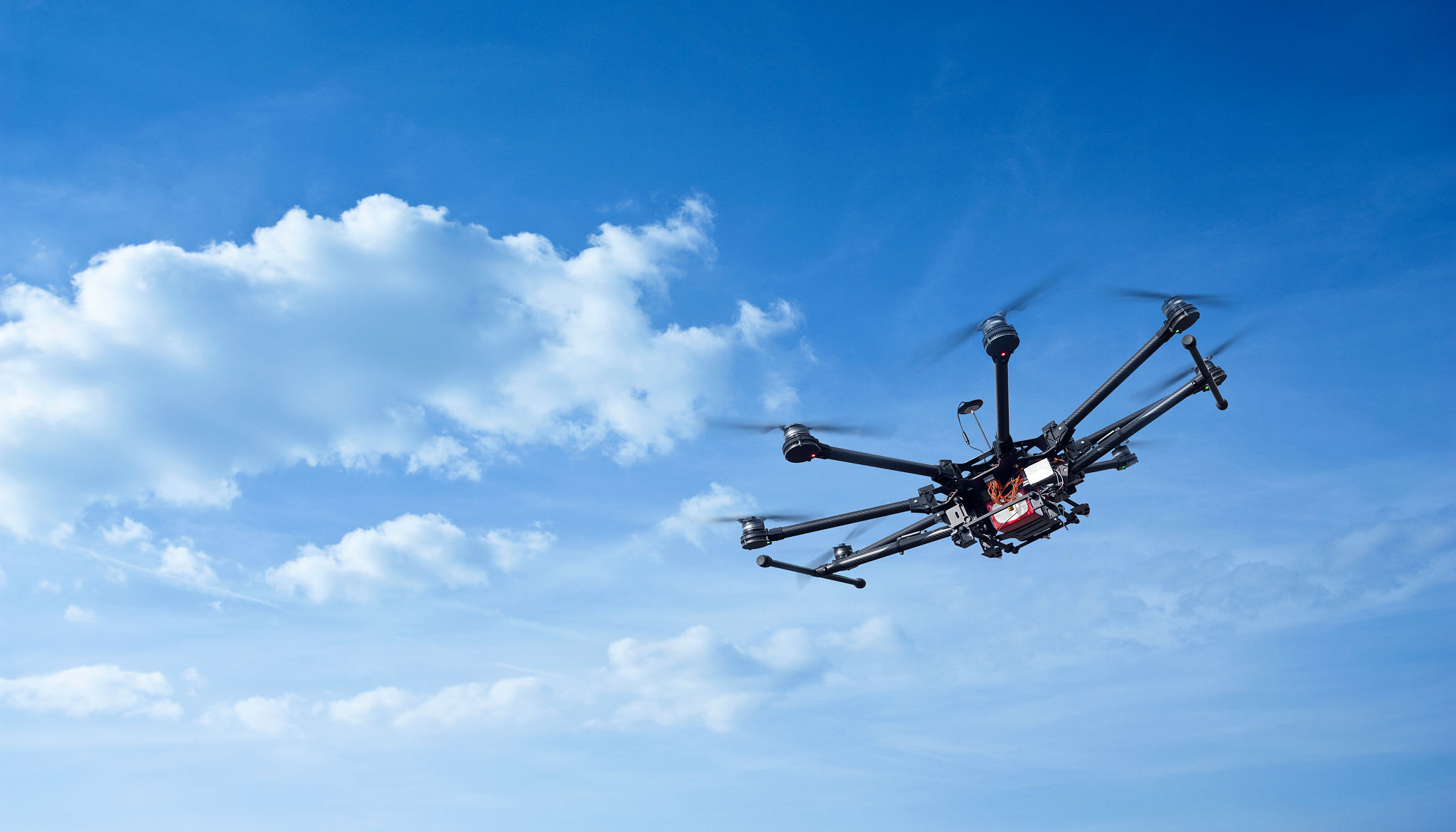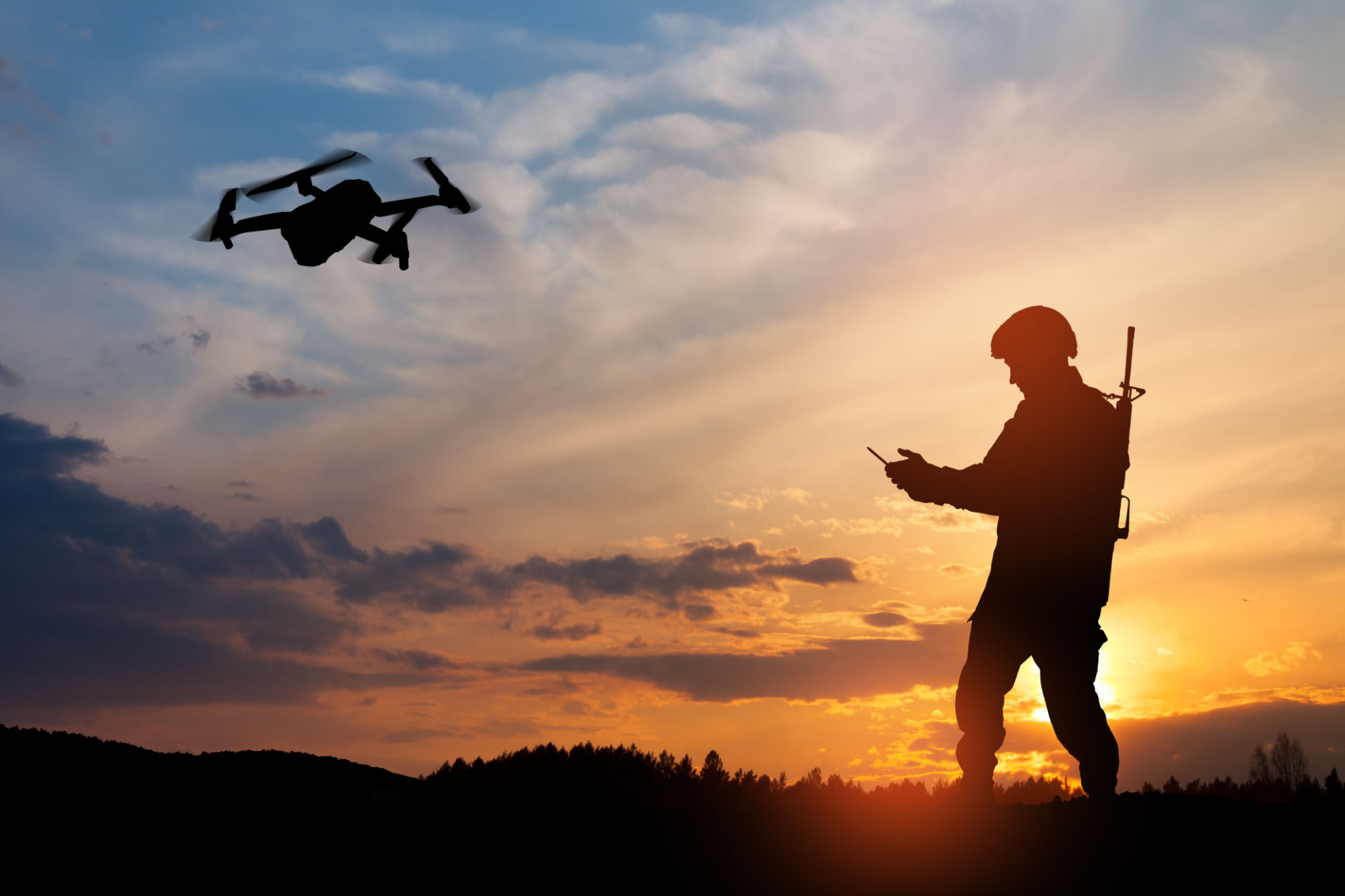The Impact of Weather on Drone Filming in the UK: Tips for Success
Understanding Weather Challenges in Drone Filming
Drone filming in the UK presents unique challenges due to its varied and often unpredictable weather conditions. Understanding these challenges is crucial for capturing high-quality footage. The UK's weather can change rapidly, with bright sunshine quickly turning into overcast skies or sudden rain showers. Such conditions require drone operators to be adaptable and prepared.

One of the main weather-related challenges includes strong winds. Drones are lightweight and can easily be affected by gusts, which may lead to unstable footage or, in the worst case, loss of control. Additionally, rain and moisture can damage drone electronics, making it essential to check forecasts and plan filming sessions accordingly.
Preparing for Weather Variability
Preparation is key when dealing with the UK's capricious weather. Here are some tips to ensure successful drone filming:
- Check Weather Forecasts: Before any shoot, review reliable weather forecasts to understand potential conditions.
- Have a Backup Plan: Always have an alternative filming day or location in mind to accommodate sudden weather changes.
- Use Weather Apps: Utilize apps specifically designed for drone pilots that provide wind speed, precipitation likelihood, and other crucial data.
Selecting the Right Drone Equipment
Using the appropriate equipment can make a significant difference when filming in challenging weather conditions. Selecting drones with robust build quality and enhanced stability features can help mitigate the impact of wind and rain. Additionally, consider drones with higher IP ratings, which denote better water resistance.

Another valuable investment is high-quality camera gimbals, which provide stabilization against wind-induced jitter. These gimbals ensure smooth video even when the drone is buffeted by gusts, maintaining professional-grade footage.
Adapting Filming Techniques
Adapting your filming techniques is essential for overcoming adverse weather conditions. For instance, flying closer to the ground can reduce wind impact. Moreover, slower flight speeds can help maintain control and capture smoother shots.
Experimenting with different filming angles can also yield impressive results despite cloudy or overcast skies. Sometimes, these conditions can add a dramatic effect to footage, enhancing storytelling and visual appeal.

Post-Production Considerations
Post-production is another stage where weather impacts can be mitigated. Advanced editing techniques can correct color imbalances caused by poor lighting or overcast skies. Additionally, stabilization software can further smooth out footage affected by wind.
Pay careful attention to sound design as well. Wind noise captured during filming can be reduced or replaced entirely with ambient sound effects to create a more polished final product.
Conclusion
The impact of weather on drone filming in the UK cannot be underestimated. However, with careful planning, the right equipment, and adaptive techniques, filmmakers can successfully navigate these challenges. Embracing the UK's weather variability can even open up new creative avenues, transforming potential obstacles into opportunities for stunning aerial cinematography.
